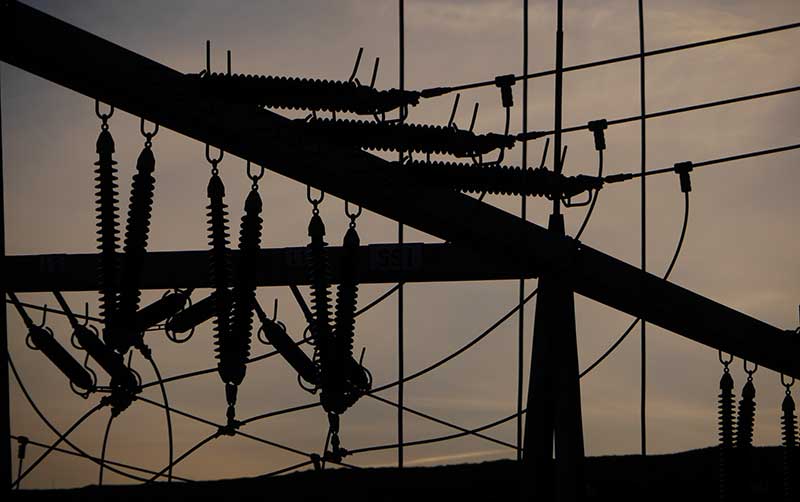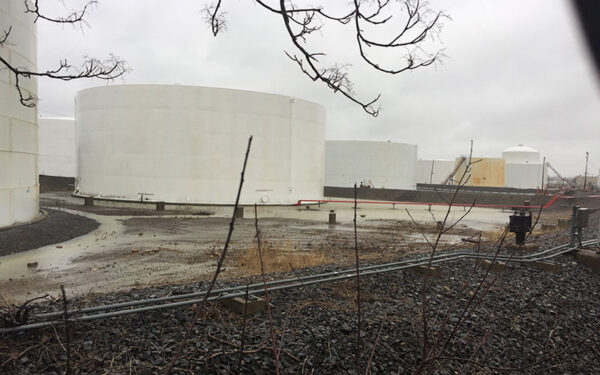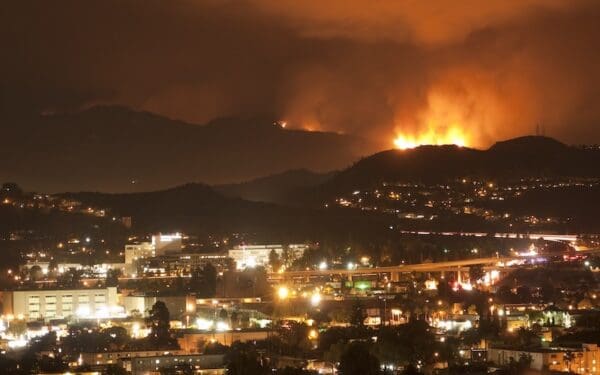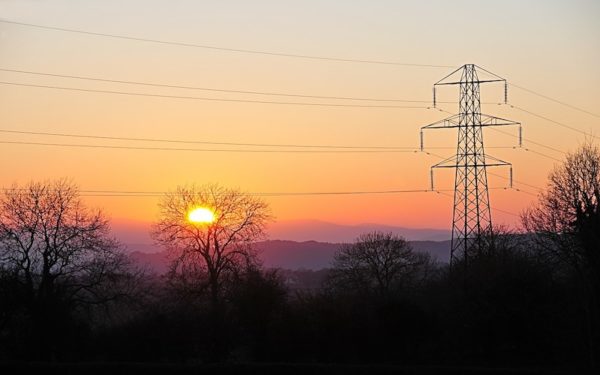
Major winter storms have gotten more frequent and severe over the last few decades, and they will continue to in the decades to come. Photo: Shutterstock
It hasn’t been a year since the deadly storm that woke Texas and the nation up to the fragility of our electricity grid, yet it seems like we’ve already forgotten the lessons learned. Watchdogs in Texas say that regulators are falling down on the job, and the state still may have no winterization standards by next winter.
In another reminder of the risks we face, about 350,000 homes and businesses lost power in early February as a winter storm rolled across the country from Texas to New England. The storm was mercifully much less deadly than the one last year. We may have dodged a bullet this time, but now is the time to prepare for the next one.
Major winter storms have gotten more frequent and severe over the last few decades, and they will continue to in the decades to come. It’s true we’re never going to prevent every power outage, and it would not be prudent to prepare excessively for a truly “once-in-a-lifetime” storm. That said, what used to be once-in-a-lifetime storms historically seem to happen every few years now. And we must plan and prepare for their arrival.
The United States electricity grid is an engineering marvel. It has been called one of the largest and most complex machines in the history of human creation. But it is also the least reliable in any developed country. Most of the U.S. grid is run by investor-owned utilities, meaning these companies have to balance providing cheap and reliable service to customers with making a profit. To date, state regulators have not done enough to ensure sufficient weight is placed on reliability.
CLF has advocated for utility climate resilience planning in New England for years. We have pushed legislation and worked with state regulators to mandate vulnerability assessments and set standards to be much more prepared for the next big one and all the big ones to come.



